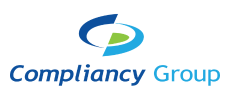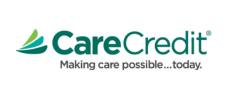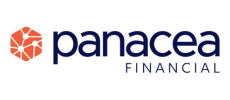NIDCR Highlights Cleft Lip and Palate
Per the notice below, the National Institute for Dental and Craniofacial Research (NIDCR) highlights cleft lip and palate.
Cleft Lip & Palate
Overview
Cleft lip with or without cleft palate is among the most common of birth defects. The Centers for Disease Control and Prevention (CDC) estimates that in the United States:
- About 1 in every 1,050 babies is born with cleft lip with or without cleft palate.
- About 1 in every 1,600 babies is born with cleft palate alone.
In the earliest days of a baby’s development in the womb, there is normally a split (called a cleft) between the right and left sides of the lip and the roof of the mouth (called the palate). Sometime during the 6th to 11th week of pregnancy, this split comes together to form the lips and mouth. If the tissue doesn’t join, it can cause a cleft lip or a cleft palate. The opening in a cleft lip can be a small slit or a large split that extends from the lip into the nose. The cleft can be on one side or both sides of the lip, or in the middle. The opening in a cleft palate may affect the front, or back, or both parts of the palate. A baby may be born with only a cleft lip or a cleft palate, but some babies are born with both. Children with a cleft lip or a cleft palate, depending on the size of the openings, may have problems eating and breathing. As they grow older, they may also have speech and language delays. Children with cleft lip or palate are also more likely to have ear infections, hearing loss, and problems with their teeth.
Causes
The most recent research suggests that cleft lip or palate is caused by:
- Genes. A gene defect inherited from one or both parents prevents the lips and mouth from joining during development in the womb.
- Genetic syndromes. A genetic syndrome is a disease that has more than one symptom or defect. It can be caused by a single gene or many genes. Cleft lip or palate are found in more than 400 syndromes, including Waardenburg, Pierre Robin, and Down syndromes. Approximately 30 percent of cleft defects are associated with a genetic syndrome.
- Health and Environment. A mother’s poor health in early pregnancy, or if she drinks alcohol, smokes cigarettes, or takes certain anti-epileptic medications may increase the risk for cleft lip or palate.
Diagnosis
A cleft lip may be diagnosed in pregnancy during a routine ultrasound. It will usually be visible during a baby’s first examination, although some types of cleft palate aren’t easily visible and might not be diagnosed until later in life.
Treatment
Treatment for children with cleft lip or palate depends on the size of the cleft, the child’s age and needs, and whether there are additional problems related to a genetic syndrome. A child with cleft lip or palate is often referred to a team of experts that may include an otolaryngologist (ear, nose, and throat doctor), plastic surgeon, oral surgeon, speech pathologist, pediatric dentist, orthodontist, audiologist, pediatrician, nutritionist, and psychologist/social worker. Because cleft lip and palate are so often part of genetic syndromes, a thorough medical examination and genetic counseling is recommended for children and their parents to find out whether their future children may be affected. Surgery is often used to close the lip and palate. Cleft lip surgery is usually done before a baby’s first birthday, and cleft palate surgery is done before 18 months. If there are other problems as they get older, a child may need additional surgeries, dental and orthodontic care, and speech therapy. With treatment, most children with cleft lip or palate do well and lead a healthy life.
Helpful Tips
- Ask for advice, especially if your baby has problems nursing or drinking from a bottle. There are many ways to overcome feeding challenges.
- Ask questions. Talk to the people who are treating your baby and ask them to explain what you don’t understand.
- Ask for support from family, friends, and other parents of children with cleft lip and palate.
Additional Resources
The NIH National Library of Medicine's collection of links to government, professional and non-profit/voluntary organizations with information on cleft lip and palate.
The NIH National Library of Medicine's collection of links to government, professional and non-profit/voluntary organizations with information on craniofacial abnormalities.
Information from the Centers for Disease Control and Prevention on causes, risk factors, diagnosis, and treatment.
ACPA is an association of interested individuals and healthcare professionals who treat and/or perform research on oral cleft and craniofacial conditions. ACPA works to support the care of individuals affected by cleft and craniofacial conditions.
This organization serves children and adults throughout the United States with severe craniofacial differences resulting from birth defects, injuries, or disease


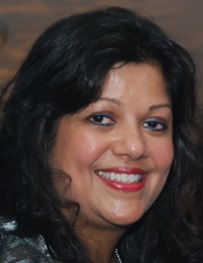

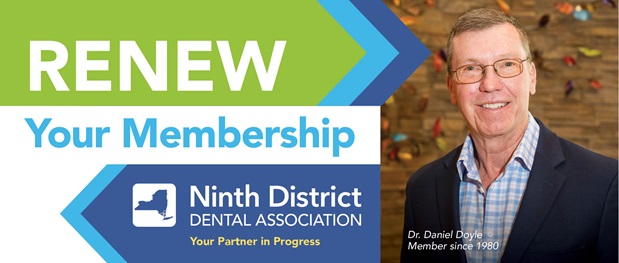
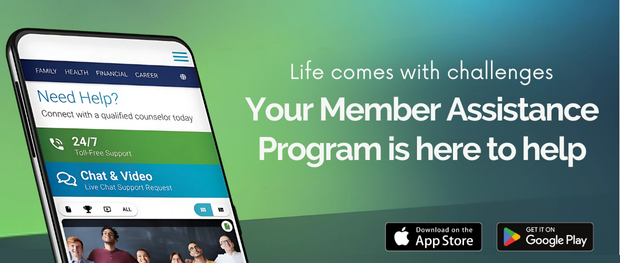



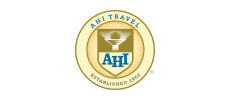
.png?sfvrsn=4447de7f_1)










